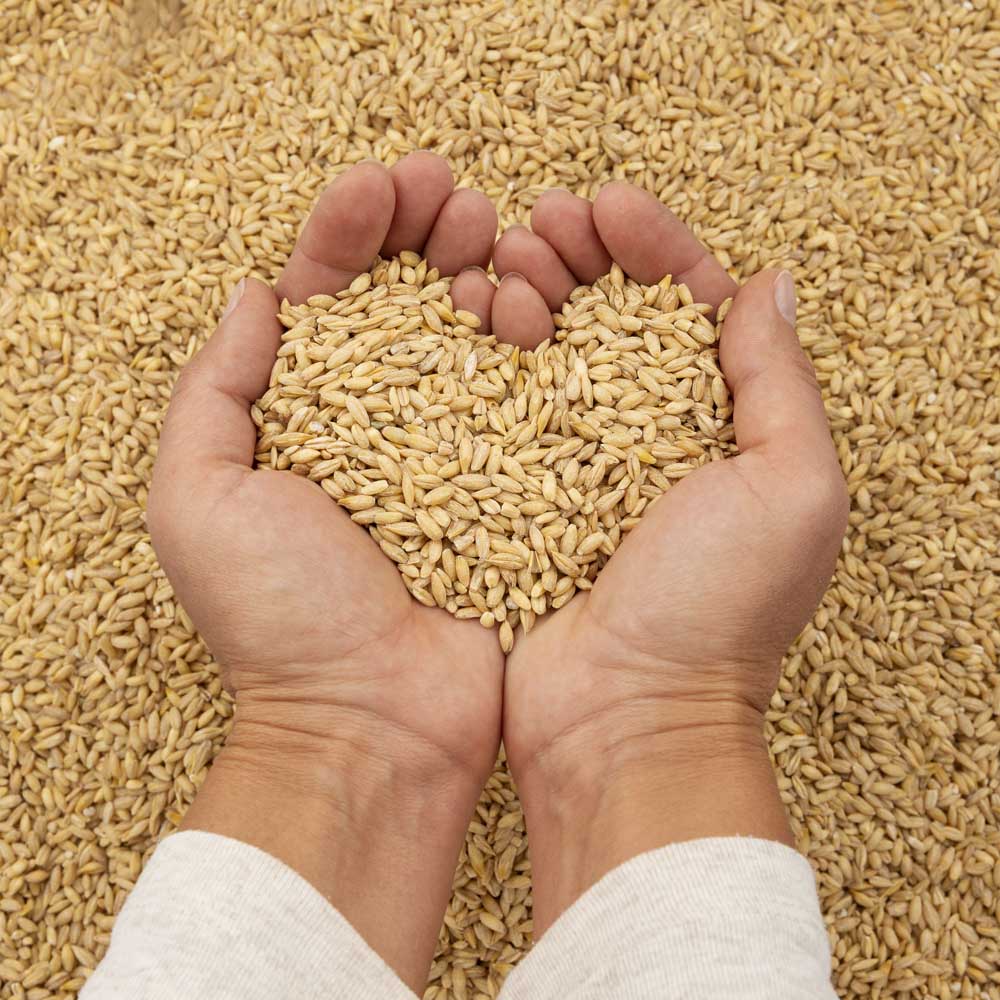Seed catalogs can sprout a new year hope
Published 1:15 am Wednesday, January 6, 2021

- Seeds can mean a renewed sense of purpose for the new year.
Everyone knows the pitfalls of grocery shopping without a shopping list especially when you are hungry.
I can relate to that, I-want-it-all feeling when it comes to pursuing the stack of seed catalogs that started arriving on the November 17. I mark the date received on the cover and put it in the catalog basket until January 1. That’s the tradition at my house. Football game on TV, a stack of catalogs, a black marking pen and a stack of yellow Post-it notes on the table. I am ready for 2021.
Trending
There’s not as much indecision as years ago. I have done enough experimenting and learning about the Central Oregon climate and soil to be able to compile a master list, especially for the tomatoes.
I still have the compulsion to go through the catalogs, one by one and page by page just to see what’s new. Or maybe it’s just to have a conversation with myself — “Well, that won’t work here.” “A tomato that big couldn’t be tasty.” “A tomato THAT small couldn’t possibly have any flavor.” “Only one ear of corn per plant?”
Last year, there was an unexpected increase in vegetable gardening resulting in suppliers being sold out very early. Seed orders were eventually filled but many orders weren’t received until mid-June or later.
National studies have shown that home-grown tomatoes get top billing in the vegetable category. Clear the table, get your catalogs and supplies set out, brew a cup of tea or coffee and make catalog browsing an event. I know, this can be accomplished on the computer, but it’s harder to keep track of who offers the most seeds per packet for the best price and who offers the best shipping rates. Once you have made your decisions is the time to head for the computer. I suppose my long-standing ritual is my transition into the coming seasons.
Short growing season
New gardeners to central Oregon and many who have not gardened for some time will benefit by being reminded that our growing season is short, approximately 90-100 days, with Sunriver and Sisters being between 70-85 days. The secret is to choose varieties with a maturity time of 65-75 days. Add to that 14 days which helps to compensate for the swing of warm days to cool nights bringing the total close to the 90-day growing season.
Trending
There are many vegetables we can grow that are frost tolerant. Beets, broccoli, Brussels sprouts, cabbage, carrots, cauliflower, chard, kale, kohlrabi, lettuce, leeks, onions, parsnips, peas, potatoes (partially frost tolerant), radishes, rhubarb, and spinach. Being that these seeds are frost tolerant they can be purchased off the rack at your favorite garden center.
The vegetables that require more selection are bush beans instead of pole beans. Bush beans are easier to protect from frost with row cover. Individual size cantaloupes grow well, Minnesota Midget has become a favorite.
Sweet corn is one vegetable I haven’t had a great deal of success with. The soil temperature has to be at least close to 65 degrees for germination. We did have luck with one of the super-sweet varieties years ago, but then the yield was so small that it seemed a waste of land and water when you could purchase corn grown in Western Oregon and available at the markets.
Cucumbers, eggplant, sweet peppers and small bell peppers are productive given a more protective planting area and provisions for frost protection when needed. Smaller varieties of pumpkins and watermelons have been developed over the past few years that are productive and give us bragging rights that we grew our own.
All of the frost sensitive plants should go into the ground as seedlings, either started by you or purchased in a garden center. Our soil just doesn’t get warm enough for a good germination rate of those particular seeds.
And then there is my favorite, the juicy home-grown tomato full of flavor. For the greenhouse I always plant Cobra and Applegate and usually some experimental varieties. Sweet Million is my choice for a cherry with Camp Joy running a close second. Seeds for Sun Gold, Gold Nugget, Oregon Spring and Legend are always on the list for seed starting. I usually add at least 3 varieties for experimental purpose, mainly for hardiness. I am still debating on the varieties.
The moral of the story is, don’t wait too long to think about a vegetable garden and what you would like to plant. I suspect this year will be another year of increased home gardening.








